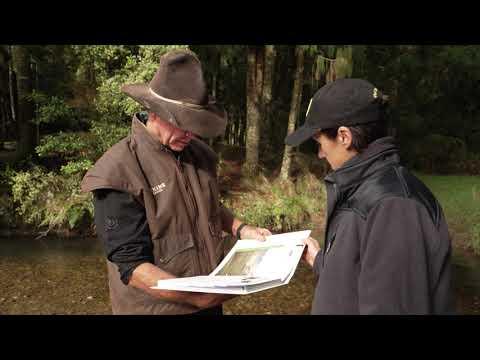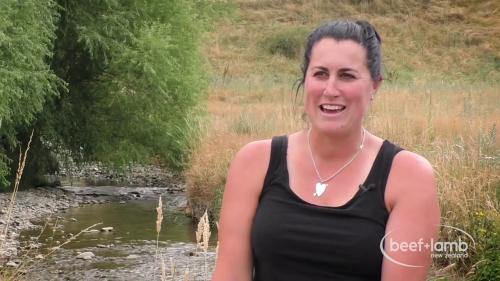Search results
Displaying 471 - 480 results of 980
- News… to help farmers make informed and fast management decisions in response to changes in … spore counts, the text service includes management tips and links to more information … (run in conjunction with Lincoln University’s Dryland Pastures) which gives farmers timely …

- Podcast… and Beef + Lamb New Zealand’s Farm Safety Management System resources at: …

- Industry data… has been extreme forecasted exception very dry conditions top south island autumn rainfall critical dry regions improve feed levels midseason … margins niño weather pattern contributing dry conditions farms across top south island …
- Factsheet… shed used inform decisionmaking about management injured animals you should complete … protocol poster factsheet mitigating risk management factors help mitigate risk include … hoggets weaned lambs more than 18 hours dry sheep make them easier safer handle …
- Video… wider community and the relationship between management of the land and the potential …
- Resource book… through proactive costeffective health management health review process health review … mating performance scanning percentage dry percentage 1 ewes 2 twotooths 3 hoggets … divided number ewes presented breeding dry number ewes lamb divided number ewes …
- Video… a local initiative focused on environmental management and building a strong, vibrant …
- NewsThroughout summer, Beef + Lamb New Zealand will be alerting farmers to changes in regional Facial Eczema spore counts through weekly published graphs and a free text message …

- NewsFarmers in the Bay of Plenty are benefiting from tailored B+LNZ Wormwise workshops thanks to a responsive approach taken by the programme. B+LNZ Wormwise Programme Manager, Ginny Dodunski, sheds …

- News… for Profit workshop focusing on summer crop management. …


